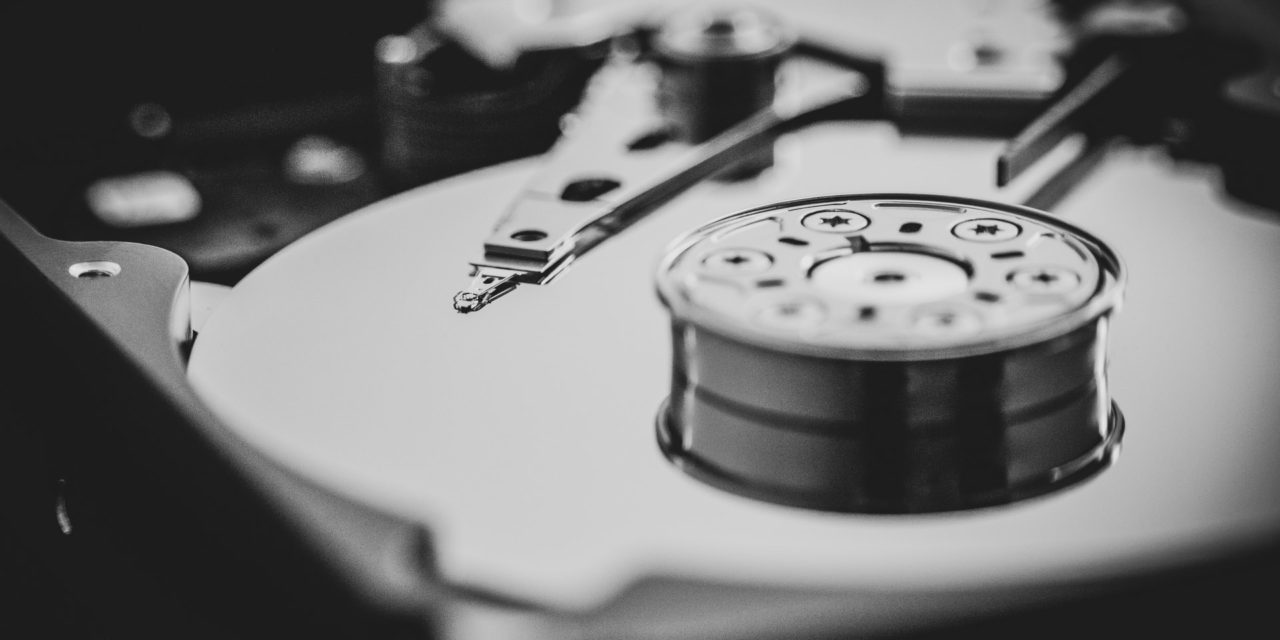[ad_1]
Hard Drive configurations
1) Old hard drive to new hard drive – primary master to secondary slave (connect both drives to the same IDE ribbon cable)
Ensure jumpers are physically set right. Old hard drive jumpers are suppose to set to master and new hard drive is set jumpers set to slave. Refer to manufacturers manual if any. Again this assumes that your connecting both drives to the same IDE ribbon cable. This does not apply for SATA drives
2) Old hard drive to new hard drive- primary master to secondary master (old drive is connected to the primary controller and new drive is connected to the secondary controller)
If however you are using the secondary controller then you should set the new hard drive jumper to master. This does not apply to SATA. SATA drives are configured from the systems BIOS. Use your system BIOS to configure drives. This configuration (IDE) assumes that there is no other device connected if however there is a CD-ROM connected to the secondary controller set the jumper to slave thus making it a secondary slave.
Note the red stripes on the IDE ribbon must lay flush with power plug to each drive. If you connect the ribbon opposite the hard drive will not power up. This is on for IDE Drives
If you are planning to backup your computer without a second drive. You are going to need a program to partition your hard drive and split it into sections. Most programs that I have used require the hard drive split size this is called partitioning. Kinda makes sense why would you backup you system up on a faulty part of your drive. Best rule of thumb is to use one section for your regular everyday things and the other for backup purposes. So if your system encounter problems you can recover your system with ease.
So how do you really make an identical copy of your hard drive? You can't just drag and drop files in Windows to the new drive. You must do a bit-for-bit copy of your drive, including all the hidden files, files in use, and other junk that doesn't show up in Windows Explorer.
Power users have long relied on Symantec's Norton Ghost to make bit-for-bit copies, or clones, of their hard drives. But at $70 a copy, that can be a little pricey for something many people may use only once. (In fairness to Ghost, the software does include lots of additional features that make it suitable for general backup use too.)
You know what I'm going to say next: How about a free alternative? Enter Clonezilla, an open source cloning application that works well and… hey, did I mention it's free?
As with Ghost, Clonezilla isn't exactly for computer novices. You burn the program to a bootable CD, and DOS-like prompts guide you through the cloning process. The amount of information displayed can be daunting, but most of it can be ignored. To copy a disk, just select the disk-to-disk option at the menu, and let it do its thing.
I gave it a shot using two 250GB drives (with the source drive having about 100GB of data on it), and the job was done in about 20 minutes. When finished, I had a perfect copy of my original hard drive that I could have subbed in for the original. In my case, I just saved it as a handy “just in case” backup. Clonezilla works with SATA or IDE drives and even supports USB drives. Give it a spin next time you have a big drive copying job to do.
[ad_2]
Source by Jermaine Reid

